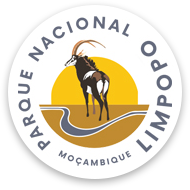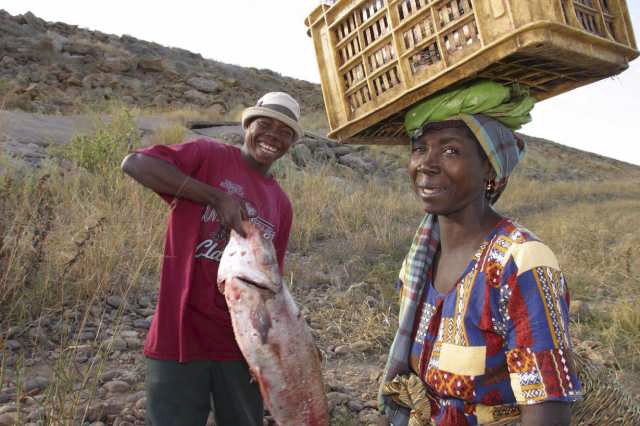Impoverished villagers living next to the Kruger National Park in rural Mozambique have pledged 53 000ha of their land for conservation, providing a shot in the arm for South Africa’s ambitious cross-border “peace park” initiative.
The bequest will become part of the GreatLimpopo Transfrontier Park (GLTP), from which the 2 000 villagers hope to make money out of tourism, hunting and game meat production. They pooled their communal land to form the Cubo Community Nature Reserve, said Simon Munthali, regional head ofthe African Wildlife Foundation (AWF), an international NGO working with communities on the Mozambican side ofthe peace park.
“It’s the first community reserve in Mozambique joining the Limpopo peace park,” he said. “Depending on its success, we want to replicate it.”
There are no human settlements in the Cubo reserve, which is not ideal for commercial livestock or crop production because of sandy soils and low rainfall. The community members live on adjacent land on the southern bank of the Massingir dam, where fishing is their main livelihood.
The Cubo community exercises usufruct on the reserve land, which is being denuded by charcoal-makers from outside the area and overgrazing by livestock. The AWF secured funds from the USAids Global Development Alliance to fence the reserve. Once it has been secured, the community plans to negotiate via the Mozambican government for the opening of the GLTP fence to allow free movement of wildlife across the border between the two countries.
“The project demonstrates that local communities can be allies in fostering nature conservation,” said Munthali. “This is particularly relevant for these communities located adjacent to the GLTP, which face possible eviction by the state to create space for wildlife.”
The GLTP joins the Limpopo National Park in Mozambique, which covers one million hectares, to the Kruger. Eventually, if things go according to plan, the GLTP will become one of the world’s biggest wilderness areas, covering more than 3,3-million hectares. Five years ago, the future of the transfrontier project hung in the balance because it appeared that more than 30 000 villagers living on the Mozambican side of the peace park did not want to move. But, in recent months, at least 6 000 villagers have indicated they are wiling to relocate to areas where they will be provided with better access to infrastructure and social services.
The German Development Bank offered to help source funding for the move, on condition that resettlement is voluntary. The move is expected to start at the end of this year or early next year.
Villagers who do not want to move out of the park are welcome to stay on in fenced-off enclaves. But, said project manager Ame van Wyk, many villagers only moved into the area after Mozambique’s civil war ended, and they are not used to living with wild animals.
“They want to resettle,” he said. “They accept that the government wants to develop the park and realise they will benefit in some way.”
In an area where the illiteracy rate is more than 70% and the average monthly household income less than R200 a month, tourism and rehabilitation work on the Massingir dam are the major sources of employment.
Three tourism destinations have been opened in recent months on the Mozambican side and a unique “bush to beach” experience is being marketed by operators. Within three weeks of the opening of the Giriyondo access gate between the two countries last December, l 057 cars had passed through, generating R153 000 for the peace park.
“Although this is not a large amount, it illustrates a turnaround point in the development ofthe Limpopo National Park. For the first time, tourism is beginning to contribute to the ultimate sustainability of the park,” said Willem van Riet, CEO of South Africa’s Peace Parks Foundation, which initiated the cross-border initiative.
Van Riet said at least half the fence in the Kruger separating South Africa and Mozambique had come down last year. With the dropping of the fence, wild animals – including about 350 elephants – are reclaiming ancient migration routes across the border.
Members ofthe Cubo community envisage generatingj obs through the construction and maintenance of the fence around their reserve, management of the reserve, ecotourism business operations and the creation of related small, medium and micro-enterprises.
At present, they share one primary school, one small health clinic, one broken water pump and one bad road linking their village to the district headquarters.
Munthali added that, in creating a reserve, the community had a capital asset to leverage other financial support, and were protecting their communal land against unscrupulous private investors.
Although it was still too early to say how the Cubo community reserve would fit in with the GLTP, Van Wyk said “it is an important initiative that is contributing to the bigger vision ofthe conservation area”.

